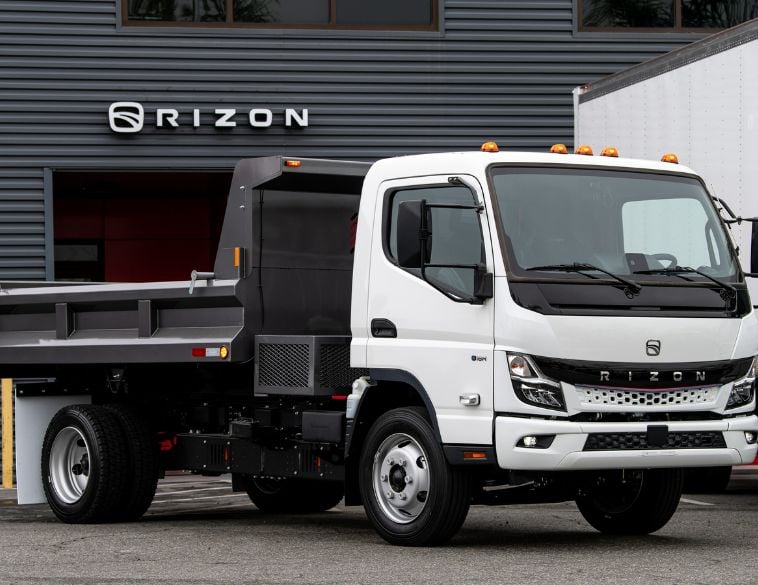Are your drivers ready for what’s coming?
Oh, Canada! Floods, freezing, potholes, unseasonably hot and cold temperatures and bright sunlight. It can be difficult to prepare your drivers for weather conditions that change every 15 minutes.
Emergency kits
Make sure every vehicle is equipped with an emergency kit that includes flares, matches, flashlight and batteries,blanket and rain poncho, reflective warning triangles, and bottled water. Their best weapon “is their cell phone,” says Wayne Rose, Senior VP, Jim Pattison Leasing. A back-up cell phone battery can be worth its weight in gold, especially as some cars won’t charge a phone unless the engine is running—not much use if they’ve run out of gas while stuck in a rainstorm between highway exits.
Encourage drivers to know what’s coming. Even local drivers should keep an eye on the weather, but those whose jobs entail hundreds of kilometres in a day can go through more than one weather system.
While driver safety is paramount, you also want to protect your vehicles from, say, hail damage. They may be able to reroute to avoid problems, including the slow-downs weather can cause, using real-time traffic information along with weather reports. They should also be aware of road conditions and visibility issues that can both endanger them and slow them down.
Driver training
Drivers should also be well-trained, and certain weather conditions like flooding merit consideration on their own. They should know never to drive into moving water, or water more than about 10 cm deep, to avoid making waves by driving slowly, and to test their brakes afterwards, according to the Automobile Association.
CAA says that extreme weather has cost Canadians nearly $10 billion in insurance claims since 1998, with water-related events like flooding the most common type of natural disaster in the country. Poor visibility can be a real problem in heavy rain; your telematics will tell you if your drivers are going too fast. One of the most dangerous times to be on the road is soon after the rain starts, when oil on the road can make for slick conditions. Encourage your drivers to pull over and grab a coffee for a few minutes when the rain begins.
Even high winds can make it more challenging behind the wheel, as many drivers struggle to stay in their lanes, including those piloting tractor-trailers.
The motorcycles are around this time of year, too. Remind them that riders deserve the same respect as drivers, and that means following at a safe distance and affording them the same space and lane considerations as any other vehicle.
Safety first!
Make sure your drivers know that the demands of the job never outweigh their personal safety (or the security of your vehicles, for that matter). When the weather gets really bad, encourage them to get off the road.
If all else fails and they do end up in an accident, make sure they know what to do and who to call. Laws vary by province, and your internal guidelines should be available in every glove compartment.



